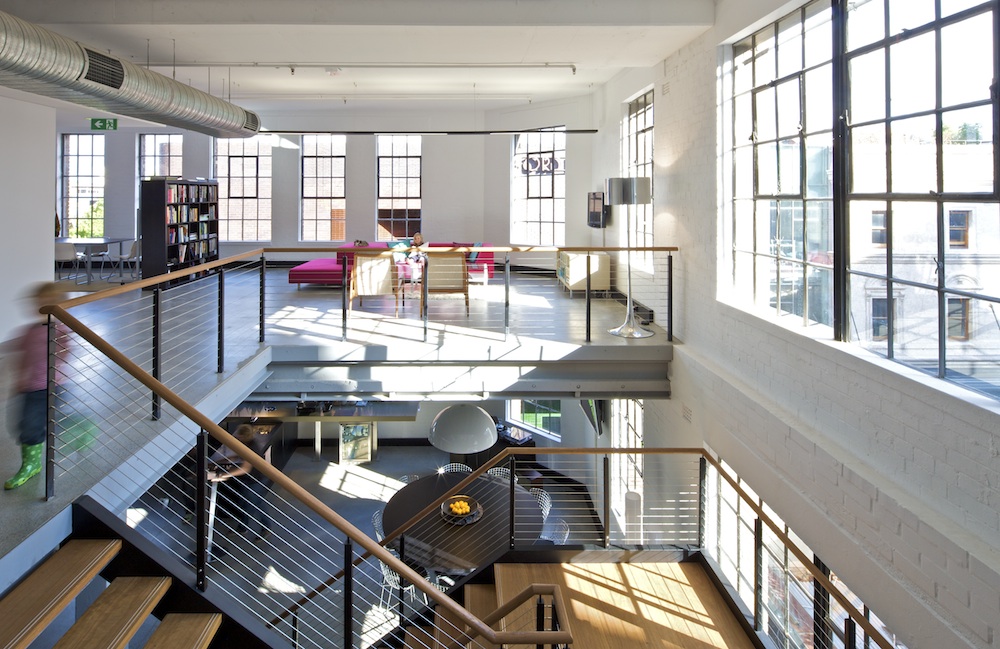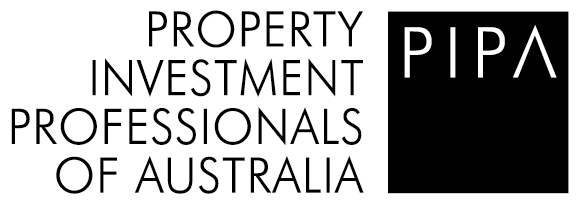There’s new risks in the housing market says Reserve Bank

The Reserve Bank of Australia has made a surprising admission that the crackdown on housing lending could crunch the economy, in what could be a hint that the bank will loosen up rules on investor lending.
By now, house price falls are part of the furniture. The price of an average home in Australia has been falling for many months. Prices are falling in city and country alike and very few locations have been experiencing strong growth. (Shout-out to the happy homeowners of Hobart, though!)
Many people think more price falls are guaranteed. We’ve seen predictions of 10 per cent falls, 20 per cent falls, even calamitous 30 per cent falls in total.
Everyone has an opinion. But one opinion on the housing market matters most: that of the Reserve Bank of Australia. It holds a lot of power and can let prices fall or step in at any time to give housing a boost.
So when the RBA gave a speech this week about housing lending policy, we were at full alert.
In his speech, the RBA deputy governor admitted a big new risk in the housing market. It wasn’t the one we expected. Not at all. What the RBA says it is worried about is property developers being unable to borrow money to start new projects.
What the?
The Reserve Bank has, for a long time, been talking about the property pipeline. As this next graph shows, thousands of new homes are being built — especially apartments in tall towers (included in the “higher-density” line at left).

This includes dwellings approved but not yet constructed and private dwellings under construction. Source: Australian Bureau of Statistics and the Reserve Bank of Australia.
Holding everything else constant, the more houses there are for sale, the cheaper they should be. This is simple supply and demand. The pipeline of new homes should be exerting downward pressure on prices. Surely RBA might be pleased the pipeline would soon go from gushing to trickling?
Instead, they seem to be worried the pipeline might stop gushing too quickly.
“We expect construction activity to decline from its peak. Off-the-plan apartment sales in the major east coast cities have declined since around mid-2017, with developers citing weaker demand from domestic investors, as well as from foreign buyers,” deputy governor Guy Debelle said.
“One risk is that tighter lending standards could amplify the downturn in apartment markets if some buyers of off-the-plan apartments are unable to obtain finance. This could lead to an increase in settlement failures, further price falls and even tighter financing conditions for developers.
“The effect of a tightening in lending to developers seems to me to be a higher risk to the economic outlook than the direct effect of the tighter lending standards on households, which has ameliorated risk.”
Aha! The problem is, you see, that Australia’s economy is so tied up in construction. It is not that the housing market needs more homes. It’s that our economy can’t afford to stop building them. Not all at once anyway.
The next graph shows the share of the workforce who are involved in construction, and it has never been higher.

If developers can’t borrow money upfront to build with, all those hard hats will be in the back of the ute, instead of being used on sites. Lots of construction industry workers out of work would be very bad news for the economy.
Uh oh
The RBA admits its lending rules could be, indirectly, to blame.
“To the extent that the housing policy measures have contributed to the decline in investor demand and prices, they have indirectly affected developers’ access to finance. There is a risk that this process overshoots leading to a sharper or more protracted decline in activity than we currently expect,” Mr Debelle said.
The Australian Prudential Regulation Authority makes most of those policies on lending. It tells banks who they can lend to, how many interest-only loans they can make and how fast they can grow investor loans. But the RBA is the brains of the operation and has big sway over those policies. It also controls a little old thing called the official interest rate.
What next?
What will the RBA do? There’s two ways to interpret this new comment from the RBA.
One interpretation: the RBA is totally relaxed about housing prices falling in the long-run and it wants a huge pipeline of supply. They are eager for even more housing to get built. If this is the case they seem to be signing us up for even more house price falls.
In support of that interpretation: the RBA says that on balance its policies “have meaningfully reduced vulnerabilities associated with riskier household lending and so increased the resilience of the economy to future shocks.” That might imply they will keep the rules in place.
Another interpretation is possible though. It could be the RBA is admitting the fall in house prices could crunch the economy and this could be the first warning before they relax rules on lending again. Not because they want house prices to go up as an end in itself – but because they want to keep construction employment from crashing.
In support of this second interpretation is this statement from the same speech.
“I don’t regard it as likely that household borrowing will collapse under its own weight,” Mr Debelle said. “Rather, if a negative shock were to hit the Australian economy, particularly one that caused a sizeable rise in unemployment, then the risk on the household balance sheet would magnify the adverse effect of that shock.”
A sudden wave of unemployment in the construction sector? That would be just the kind of negative shock they are describing.
What will the RBA do next? Watch this space.
Source: https://www.realestate.com.au/news/reserve-bank-finds-new-risk-in-housing-market/







